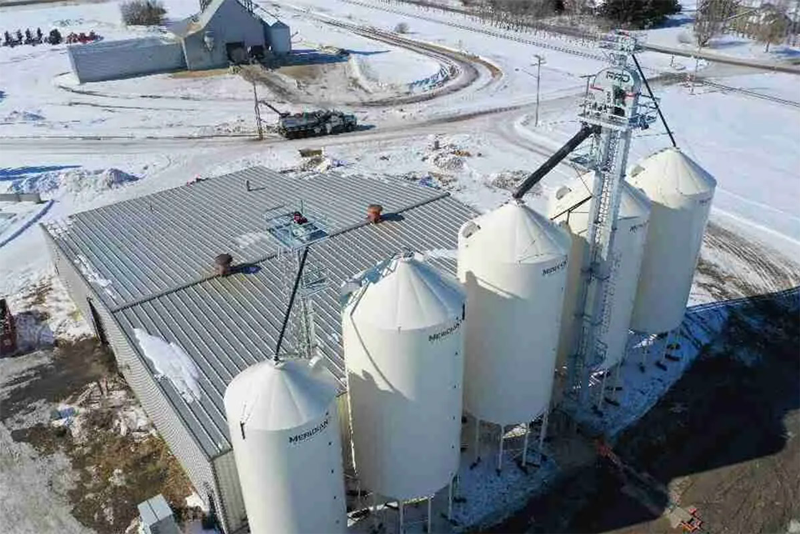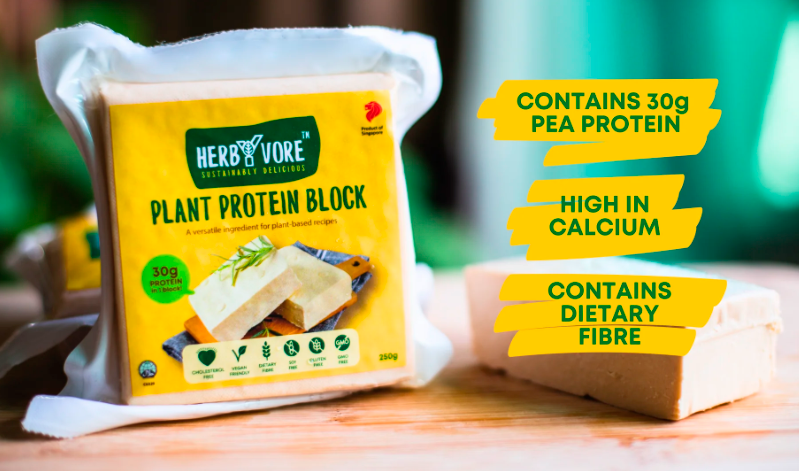August 11, 2023
The Director of Strategic Investments at Agrocorp International on which pulse extraction techniques produce the most protein content and the growing global demand for plant-based food products.

The global demand for plant-based protein is expected to grow at a baseline of 3.6% by 2030, according to a 2022 IHS Markit report. With consumption increasing to 11 million tonnes in seven years, the alternative protein market is predicted to be worth $20.6 billion in key consumer markets like the U.S., Europe, and China.
Plant-based proteins can come from a variety of sources with soya and wheat typically being used to create tofu and tempeh. For pulses, which have a higher protein content and nutritional profile, the industry is still figuring out its use cases.
“We have seen that this is still a fairly nascent industry where utilization is still small compared to the other two areas, but it will grow as a requirement in the next 20-30 years,” said Vishal Vijay, Director of Strategic Investments at Agrocorp International.
“We have already seen a lot of investment into plant-based products in North America and Europe with products like Beyond Meat using pulse protein in its formulation, mimicking properties of cream cheese, milk and eggs.”
Since 2022, the global plant-based food market is projected at $44.7 billion, according to Vantage Market Research. For plant-based dairy products, worldwide sales in 2023 stand at $12.4 billion and are expected to reach $34.9 billion in the next years, according to research from Fact.MR. Milk and cheese alternatives are the main draw, with the latter having an expected 15% CAGR increase in consumption.

Protein extraction plant
Agrocorp is a global food and commodities provider, having verticals in grains, animal feed, cotton, and pulses. The company has a strong presence in the U.S., Canada, and Asia.
It has also been a member of the GPC since its inception, with the company’s Chairman and Managing Director, Vijay Iyegar, sitting as the organization’s new President.
The company is invested in the research and development of plant protein and is developing extraction techniques that can be both sustainable and scalable for global demand.
“Protein fractionation provides a new growth avenue that we can leverage to promote pulse production around the world,” said Vishal.
There are currently two commercial extraction techniques; dry and wet.
“The dry extraction method tends to be lower in cost and does not use any water. However, the protein content of the finished product is around 55-60%, so you do not get a high protein ingredient, and also the product tends to retain its bean flavour.”
In terms of its application, Vishal explains, “Dry-extracted products tend to be used more in pet food, which provides a significant cost advantage to replacing meat.”
“Dry-extracted products tend to be used more in pet food, which provides a significant cost advantage to replacing meat.”
“The other method that is used for protein extraction is wet-processing, where chemicals and water are used to chemically extract the protein from the legume, where the finished product has around 80-90% of protein and is a lot cleaner due to the many washing steps. However, this technique is more expensive and less sustainable because of the amount of water and chemicals that are used in the process.
“This product is also an isolate, compared to the product from the dry extraction method, this form is more commonly used, especially in the food industry. Plant-based meats tend to use more isolates and concentrates.”
Another commonly used extraction technique is isoelectric precipitation, which takes advantage of the different solubility of pulse protein isolates. All three involve several stages of fractionation and filtering, proving to be a great investment in time and cost.
Vishal admits there is still a long way to go before pulse-based plant protein can be fully commercial.
“More extraction capacity needs to be built out, as there is not enough infrastructure established around the world, at Agrocorp we have invested in expanding our extraction capacity.”
In 2021, Agrocorp launched the plant-based food brand Herbyvore, introducing Singaporean consumers to its dairy-free paneer alternative made from yellow pea protein.
Since then, the company has expanded its product line. “The initial results have been quite exciting. We have been able to use some proteins in very innovative applications in the plant-based dairy space.
“We have developed cream cheese, mozzarella, parmesan, and cheddar that uses pea protein, so we are quite excited to see how we can take it to the next level.”
The company’s pea-based ‘plant protein block’ retails at $5.45 per 250g. Looking beyond the Southeast Asian nation, Agrocorp has its eyes on the UK as a secondary client, as well as Australia and the UAE as potential markets further down the line.

HerbYvore Plant Protein is a versatile ingredient for plant-based cooking and baking.
Processors and producers of plant-based products are still developing different ways to extract the most protein out of pulses. Besides wet and dry, Agrocorp is working on electrical extraction techniques.
More broadly, Vishal is excited about technologies that make the process of extraction more efficient and beneficial for end-consumers.
“I see a lot of work in genetic editing techniques that can make the pulse seed itself more advantageous for protein extraction. This involves boosting the protein content in the seed, as well as reducing some of the off flavours and bitterness that typically come from pulses.
“I see a lot of work in genetic editing techniques that can make the pulse seed itself more advantageous for protein extraction.”
“On top of that, we have seen the increased role of enzymes in protein extraction, so that the use of chemicals can be reduced. This technique can also convert some of the byproducts, like starch, from the extraction process, into something that is more usable, like glucose.”
Recently, Agrocorp announced a joint venture with Megmilk Snow Brand, one of the largest dairy companies in Japan.
The joint venture aims to promote sustainable food and beverage production in Asia and will establish a processing factory that will develop products like pea protein, pea starch and pea fiber. Agrocorp expects the factory to open its doors in late 2025.
“We haven’t seen what the true innovation potential is with some of the plant-based products that are being developed.”
“Demand for plant-based products will increase as there is a big push for countries to meet climate goals. Making their food supply chains more sustainable and adopting plant-based foods is a major part of that.”

Agrocorp / Vishal Vijay / Future of food / Herbivore / plant-based / plant-based protein / alt dairy / Megmilk / Singapore
Disclaimer: The opinions or views expressed in this publication are those of the authors or quoted persons. They do not purport to reflect the opinions or views of the Global Pulse Confederation or its members.